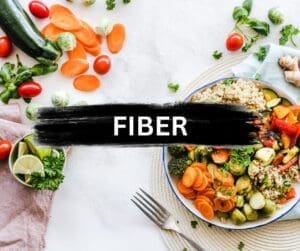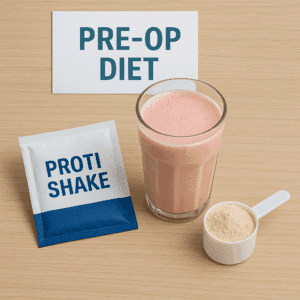Atomic habits—a phrase that perfectly captures the idea of powerful change through tiny, consistent actions. Just as atoms are the smallest particles that make up our world, habits are small behaviors that shape our daily lives. James Clear’s book, Atomic Habits, dives into the science behind these actions and offers a practical framework: the four laws of behavior change. Let’s explore these laws and how they can help you transform your habits, one tiny change at a time.
Understanding the Habit Loop
Every habit follows the same loop:
Cue ➜ Craving ➜ Response ➜ Reward
Here’s the catch: we only have control over the response—our reaction to a craving. To change a habit successfully, our new response must deliver a similar (or better!) reward to ensure the change sticks.
The Four Laws of Habit Change
1️⃣ Make It Obvious
Habits are easier to build when the cues are clear. Start by knowing your current habits—things like brushing your teeth, locking your car, or hanging up the phone. James Clear outlines the following formulas to help guide you through this process.
Next, set yourself up with clear intentions:
👉 The Intention Formula:
I will (behavior) at (time) in (location).
Example: I will take my supplements at 6:30am in my bathroom.
👉 Habit Stacking:
After (current habit), I will (new habit).
Example: After I brush my teeth, I will take my supplements.
Visual cues can further reinforce your new habit. If your supplements are visible on the bathroom counter, you’re more likely to remember and take them. Environment matters!
🔁 The opposite of making it obvious? Make it invisible.
When trying to break old habits, it’s often easier to remove the temptation entirely rather than rely on fleeting willpower. If you want to drink more water instead of soda, don’t buy soda in the first place!
2️⃣ Make It Attractive
We’re more likely to do something when it’s appealing. Temptation bundling helps here: pair a new habit with a treat you love. Here is another formula Clear gives us to use;
👉 Temptation Bundling Formula:
After (new habit), I will (temptation).
Example: After I take my supplements, I will enjoy my morning coffee.
Your environment also matters! Surround yourself with people and cultures that support the habits you want to build. If your friends run, you’re more likely to start running too. Immerse yourself in communities that make your new habits the norm.
3️⃣ Make It Easy
Focus on starting, not finishing. Repetition is what forms a habit.
If you want to exercise more, start by simply putting on your tennis shoes after work every day. That small step is your gateway habit—the first action that makes the rest easier.
We naturally gravitate to the path of least resistance. So, Clear recommends you make your desired habits easy to access and your undesired habits harder to reach. Rearrange your pantry to put healthy foods at eye level and stash the tempting treats in harder-to-reach spots.
4️⃣ Make It Satisfying
The brain loves immediate rewards.
As Clear puts it, ‘What’s rewarded is repeated; what’s punished is avoided.’
But some rewards (like weight loss) aren’t immediate. That’s where habit tracking can help—crossing something off your list provides an instant sense of accomplishment. There are plenty of apps to help you track habits, or you can simply use a calendar or journal.
Having accountability partners can also boost your progress. We’re social creatures—knowing someone else is watching can be a powerful motivator.
Putting It All Together
When you’re building a new habit:
✅ Make it OBVIOUS
✅ Make it ATTRACTIVE
✅ Make it EASY
✅ Make it SATISFYING
And when you’re breaking an old habit:
❌ Make it INVISIBLE
❌ Make it UNATTRACTIVE
❌ Make it HARD
❌ Make it UNSATISFYING
Final thoughts:
Atomic habits are small, but their impact is huge. By working with the four laws of behavior change, you’re not just tweaking your routines—you’re building a foundation for lifelong success.
Clear, J. (2018). Atomic habits: An easy & proven way to build good habits & break bad ones. Avery.
By Devon Price, RD/LD

Nutrition and wellness have been at the heart of Devon’s career since graduating from Murray State University in 2009 with a degree in Nutrition and Dietetics. She has spent most of her career in bariatrics, specializing in helping individuals navigate sustainable, healthy change. Outside of work, she is a wife and mom of four who enjoys painting, reading, and baking the occasional perfect macaron.
























